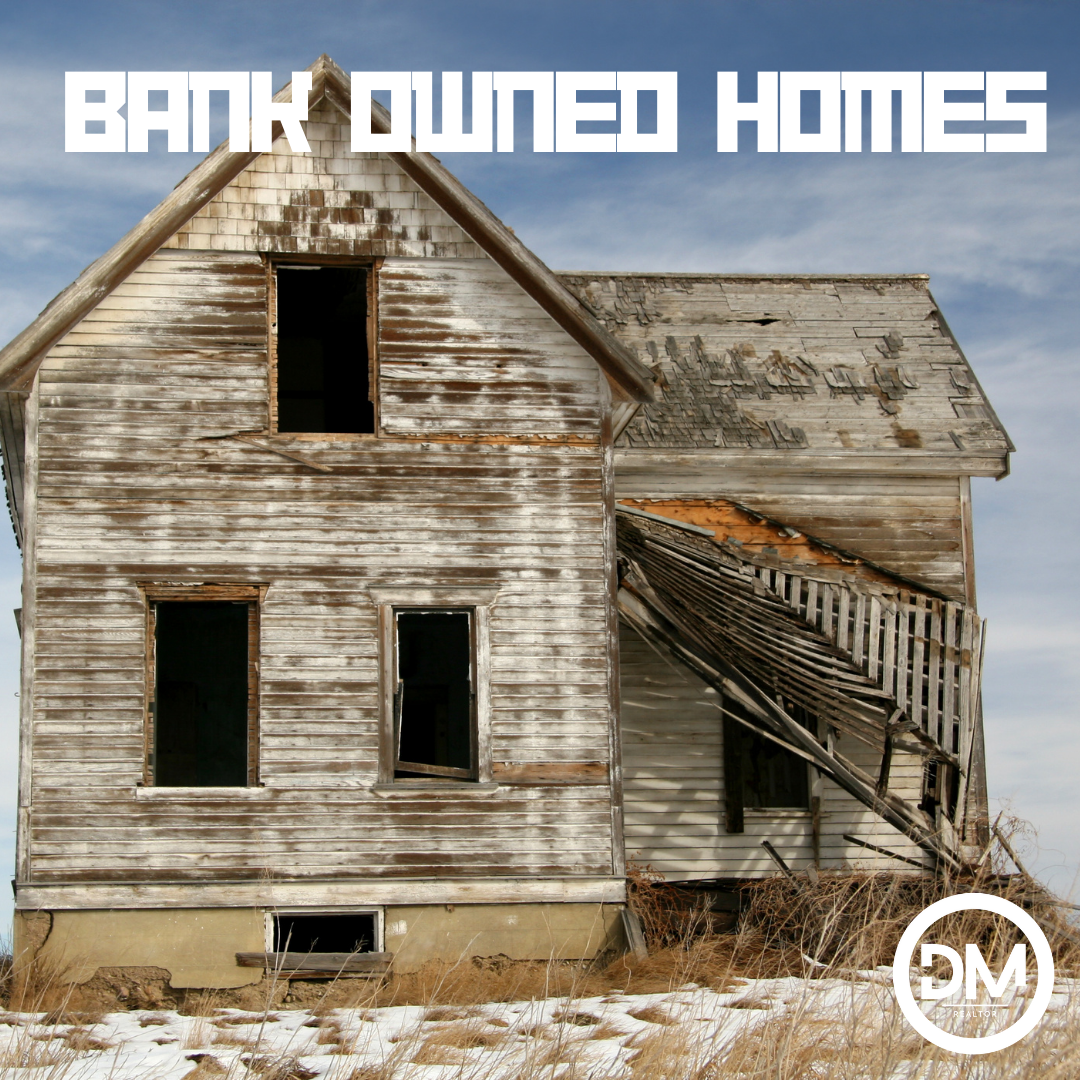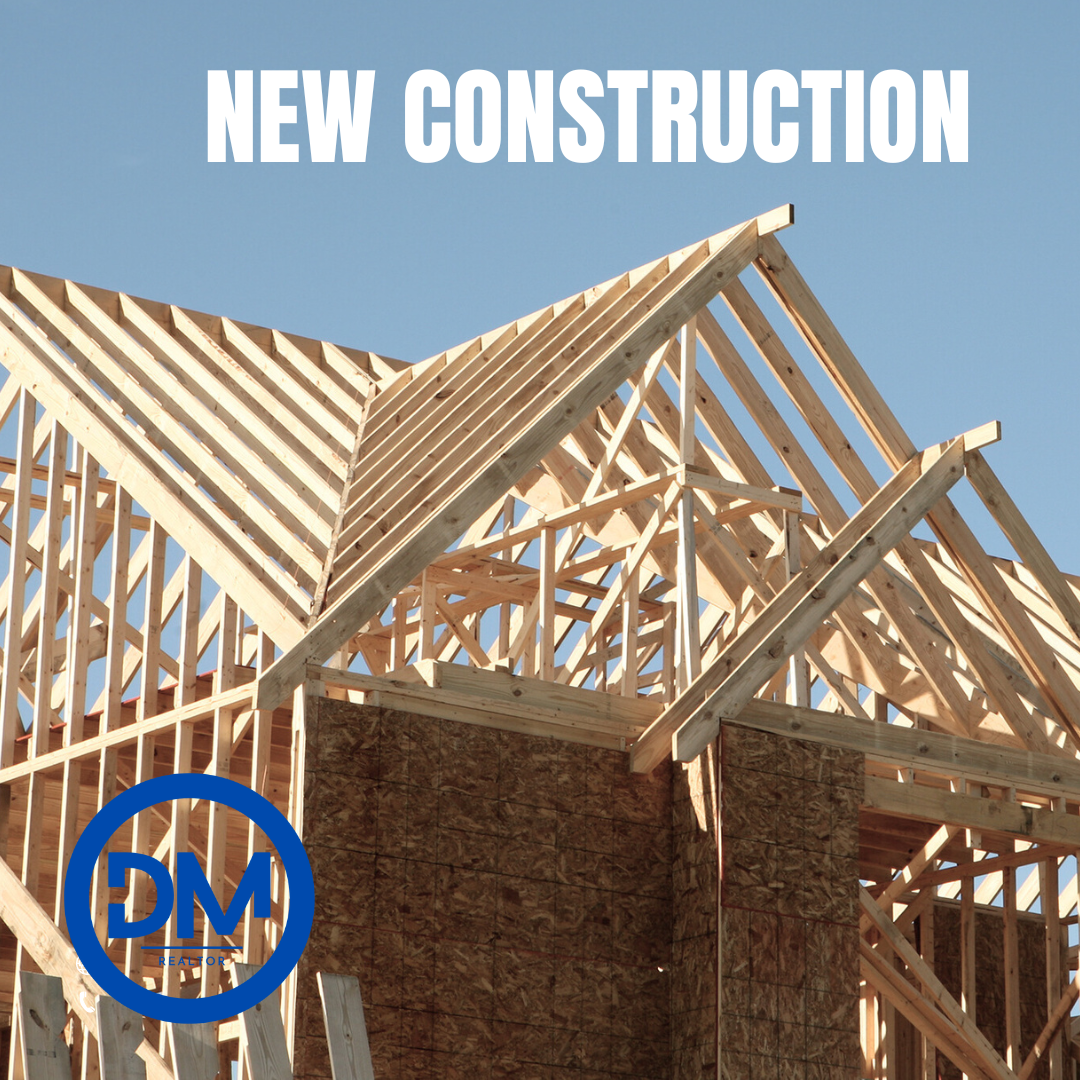The real estate market has always been subject to fluctuations, and one of the key factors influencing the housing market is interest rates. In 2023, home interest rates have been a topic of great interest and concern for prospective homebuyers and homeowners looking to refinance. In this blog, we’ll take a closer look at the state of home interest rates in 2023, the factors affecting them, and what you can do to make informed decisions regarding your home financing.
Current Interest Rate Trends
As of 2023, interest rates for home mortgages have continued to fluctuate, albeit at a relatively slow pace compared to previous years. These fluctuations are influenced by a range of economic factors, including inflation, the Federal Reserve’s monetary policy, and global economic conditions.
- Inflation: One of the primary drivers of interest rates is inflation. If the economy experiences high levels of inflation, central banks, like the Federal Reserve in the United States, may raise interest rates to control inflation. In 2023, inflation rates have been relatively stable, but they can still impact mortgage rates.
- Federal Reserve Policy: The Federal Reserve plays a crucial role in setting short-term interest rates. The central bank’s policies, including decisions on the federal funds rate, can have a trickle-down effect on long-term mortgage rates. In 2023, the Federal Reserve has been closely monitoring economic indicators to determine its monetary policy, which, in turn, affects mortgage rates.
- Global Economic Conditions: The global economy can also influence home interest rates. Events like trade disputes, geopolitical tensions, or economic crises in other countries can lead to fluctuations in mortgage rates, as investors seek safe havens for their capital.
- Housing Market Demand: The demand for housing also impacts interest rates. When the housing market is strong and demand is high, lenders may offer slightly higher rates because they know there is more competition among buyers. Conversely, in a slower market, rates may be more competitive.
Predictions for 2023
While it’s challenging to predict precisely how home interest rates will evolve throughout 2023, financial experts have made some general predictions based on current economic conditions:
- Gradual Increases: Many experts anticipate gradual increases in interest rates during 2023, mainly due to concerns about potential inflation. Homebuyers should be prepared for slightly higher mortgage rates than those seen in recent years.
- Economic Uncertainty: The global economic landscape remains uncertain, with potential risks such as trade tensions, political instability, and the ongoing impact of the COVID-19 pandemic. These factors could influence interest rates unpredictably.
- Federal Reserve Actions: Keep an eye on the Federal Reserve’s policy decisions. Any significant changes in the federal funds rate can lead to corresponding shifts in long-term mortgage rates.
What You Can Do
Considering the potential for rising interest rates in 2023, here are some steps you can take to make informed decisions regarding your home financing:
- Monitor the Market: Stay informed about current interest rate trends by regularly checking financial news and updates. You can also consult with financial advisors or mortgage professionals for guidance.
- Lock in Rates: If you are in the process of buying a home or refinancing, consider locking in your interest rate. This can protect you from rate increases during the application process.
- Evaluate Your Financial Situation: Assess your personal financial situation and budget to determine how higher interest rates might affect your ability to afford a mortgage. Be prepared for potentially higher monthly payments.
- Shop Around: Don’t settle for the first mortgage offer you receive. Shop around and compare rates and terms from different lenders to find the best deal for your circumstances.
Home interest rates in 2023 are subject to various economic factors, and while they are expected to rise gradually, the market remains uncertain. It’s essential to stay informed, be prepared for potential rate increases, and make informed decisions based on your financial situation and goals. Whether you’re a prospective homebuyer or a homeowner looking to refinance, understanding the current interest rate environment is crucial for achieving your housing and financial objectives.

 Facebook
Facebook
 X
X
 Pinterest
Pinterest
 Copy Link
Copy Link









